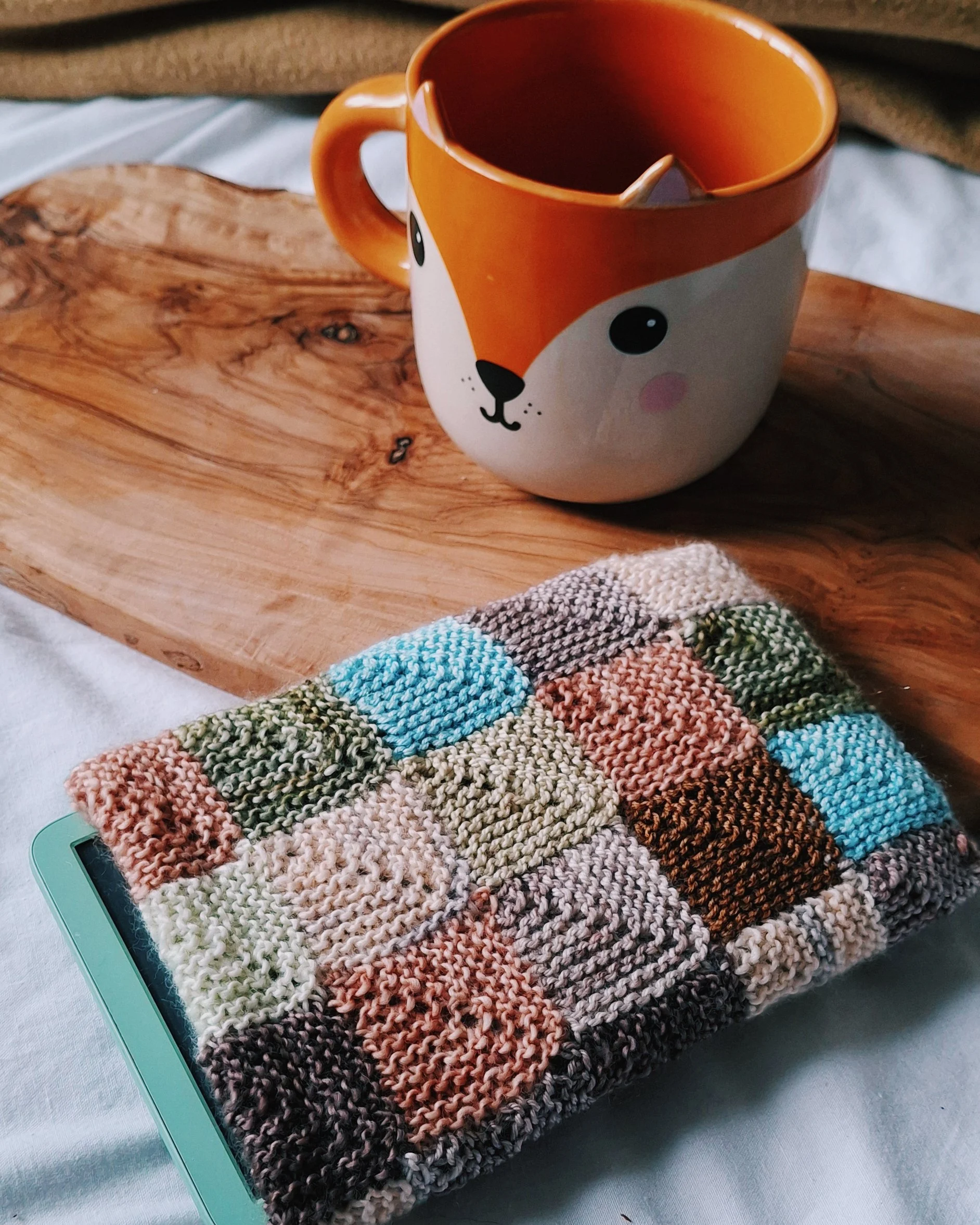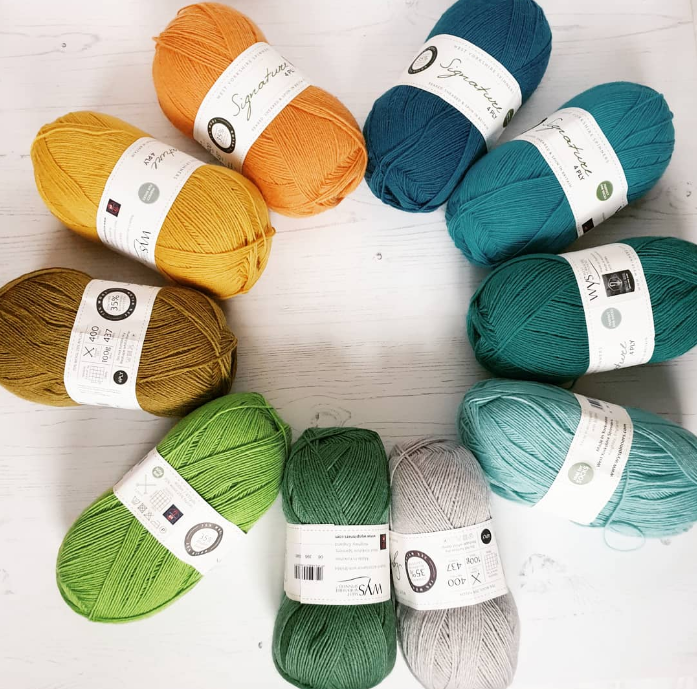It lasted nine years - longer than many marriages and it has been my privilege and pleasure to hold this space for you.
But sadly the group is now closed.
What happened?
A number of accounts within the group were hacked. These were most likely to have been genuine members at some point whose FB accounts were still active even though they had stopped using the app, or had died. By the way if you are reading this and don’t have two-factor authentication (2FA) turned on for your Facebook/Instagram logins please go and do it right away - LINK IS HERE
Once in the group the hackers were able to target the insecure accounts of other group members and mount an attempt to take over the group. I have an alt account there with admin rights which is the reason I still retain control. But the group is now effectively unusable as I have no way of sorting the compromised accounts from the genuine ones.
Any attempt to turn on activity leads to a flood of inappropriate comments, triggering the groups suspension.
A widespread problem
This is a considerable problem with Facebook at the moment and it is likely to get worse. It sounds dramatic but there is a concerted attempt to destabilise online communities and spread disinformation. Local FB groups and hobby groups are frequently targeted as they tend to be poorly moderated and have a high number of users with insecure accounts - for the record if you don’t have 2FA turned on your account is regarded as insecure.
Once the hackers gain control of the group - their ultimate aim is to flood online spaces with disinformation and content designed to spread hate and dissent.
Meta are fully aware and are unable/unwilling to assist.
It’s time to move on
I honestly believe that Facebook has had it’s day and this has been the final nudge I needed to take action. So, sadly as of today the group is closed.
Daily Chat Threads and WIP sharing will move to Discord - LINK HERE
All other aspects of the Everyday Knitter community will be over on Substack where I’d love it if you said hello and joined us. LINK HERE
I fully understand if you aren’t able or willing to move platforms, none of us like change after all. I have truly valued all of the friendship and support during my time running the Everyday Knitter Facebook group and I remain very proud of what we have achieved together.











